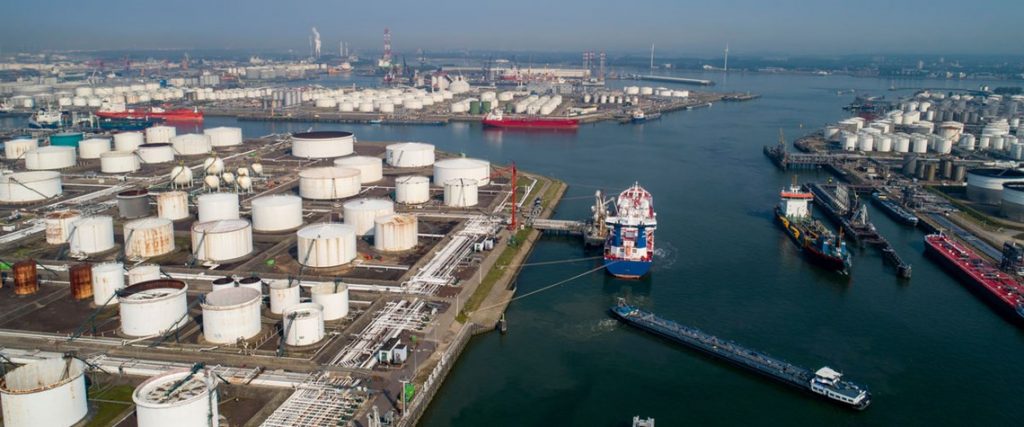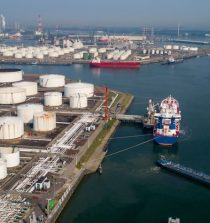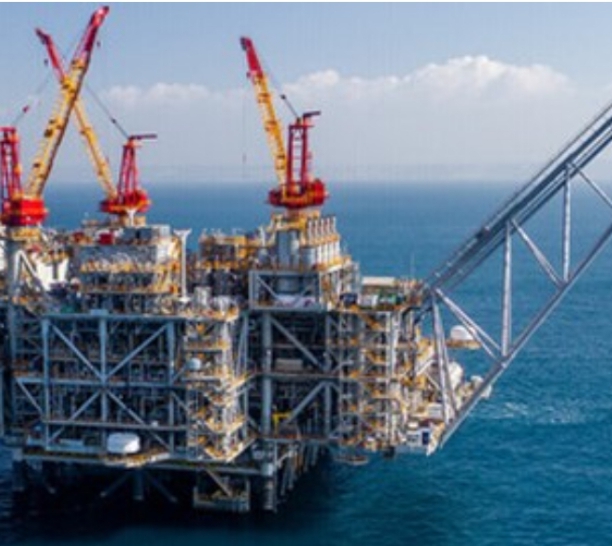European refiners have strong incentives to adapt to the technological and logistical challenges of the continent turning away from Russia
European refineries are racing to secure alternative supplies and reconfigure their operations ahead of the start of the EU’s ban on seaborne Russian crude imports on 5 December.
The refiners are incentivised by record-high margins for diesel and other products, as well as the looming ban on imports of Russian refined products from 5 February. Nevertheless, considerable logistical and technological challenges remain.
The G7 countries announced an unspecified price cap on Russian oil shipments in early September as a kind of addendum to the decision to cut out Russian crude imports.
However, traders and refiners alike report confusion in the markets as to the precise parameters of the restrictions that may leave loopholes big enough for petroleum sourced from Russia to go far beyond where the EU and Nato leaderships intend.
Exceptions and loopholes
Some countries in Europe will be allowed to continue overland imports of Russian crude, such as those connected to the 4,000km Druzhba pipeline—most notably Hungary, Slovakia and the Czech Republic. Still other countries on the Druzhba route, including Germany and Poland, have unilaterally agreed not to import Russian crude, although financial incentives remain strong to continue doing so. Since the start of sanctions, Russian oil has traded at a steep discount to other grades, while some estimates put the price cap at around $60/bl, which would make refinery spreads even more lucrative.
“I expect there to be significant black-market trade in Urals crude, especially after 2024, when Bulgaria’s exemption from the Russian oil embargo ends,” says Vesselin Avraamov, an independent analyst based in Bulgaria.
His country, one of the poorest and most corrupt in the EU and home to the largest refinery in the Balkan peninsula, has a rare exemption from the ban on Russian oil delivered by sea until the end of 2024.

“Given that refineries are built with a specific crude (or crudes) as baseload feedstock in mind, a sharp change does provide a challenge” Maroo, Vortexa
“I highly doubt Bulgaria’s Lukoil Neftohim refinery, which was built to process Urals grade or similar, will be able to adjust to most other grades this quickly,” adds Avraamov. “This would require a thorough renovation of the units there and would lead to decreased yields of fuels and other refined products that are very important to Bulgaria’s economy.”
Officially, though, refiners in Europe are busy looking for alternatives to medium sour Russian crude, the availability of which inside the bloc is widely expected to decrease by about 90pc in only a few weeks. Those alternatives include both other grades with similar characteristics and ways of adjusting refinery technological processes and trade flows to adapt to various types of oil.
“Given that refineries are built with a specific crude (or crudes) as baseload feedstock in mind, a sharp change does provide a challenge,” says Jay Maroo, a senior market analyst at UK-based energy analysis company Vortexa. “Given that most of the crude coming from the US and west Africa is towards the lighter (and sweeter) end of the spectrum, this does mean that refiners in the Balkans/Mediterranean would need to find more medium-heavy crudes, if they are trying to maintain the same average API level at the refinery.”
Russian Urals grade crude has an API gravity, or relative density, of 30.6 and a sulphur content of around 1.48pc, two characteristics that determine both the technological processes and output of refineries. Roughly similar characteristics are seen in oil produced at the Mars and Poseidon fields in the US, as well as in several Saudi, Emirati, Iranian and Iraqi grades. Vortexa data shows an increase of imports from the US, Latin America, Africa and the Middle East in recent months, as European refiners seek to diversify their supplies.
“We see that for some European refiners, like [Poland’s] PKN Orlen for example, there has been a substantial increase in imports of Saudi crude (such as Arab Light), as they actively cut Urals imports,” Maroo adds.
There are 67 operational refineries in the EU today that can process 23.6mn bl/d of crude, down slightly from a total capacity of around 24mn bl/d a year earlier.
In 2020, the most recent year for which detailed statistics about petroleum products output are available on EU data platform Eurostat, the bloc of 27 nations produced a total of 504.8mn t oe, including 215.6mn t oe of gasoil/diesel, 90.7mn t oe of motor gasoline, 47.2mn t oe of fuel oil and 40.3mn t oe of naphtha. That same year, Russia was the largest external source of crude imports with roughly 113mn t in total, or around 2.2mn bl/d.
In percentage terms, though, the share of Russian oil on European markets seems to have declined. Some analysts, such as George Voloshin of UK-based strategic intelligence company Aperio Intelligence, evaluate the real European dependence on Russian oil at around just 10pc on the eve of the Russian invasion of Ukraine. This could make diversification easier than many anticipate.
Technical challenges
The burden, however, will not be distributed evenly. Since refineries are built differently, some, such as Bulgaria’s, may find it more difficult to diversify than others. Perhaps the most extreme example in Europe is that of Germany’s Schwedt refinery, which supplies 90pc of the fuel in the Berlin and Brandenburg region and was taken over by the German federal government in September, alongside two other Russian-operated facilities.
“Dependence has historically been much higher in Northwest Europe than in southern Europe,” Voloshin says. “Schwedt is an outlier as it was technologically designed to process oil flowing from Russia via the Druzhba pipeline and can hardly fill more than half of its processing capacity with non-Russian oil without a major technological overhaul. Of course, [this is] unless the refinery can secure the supply of alternative grades with characteristics very similar to those of Urals—for example, Kazakh crude.”
“Schwedt… can hardly fill more than half of its processing capacity with non-Russian oil without a major technological overhaul” Voloshin, Aperio
Kazakhstan is a special case. One of its crude grades, until recently practically indistinguishable from the Urals grade, was rebranded in June as Kebco, mostly in order to attract international buyers wary of Russian crude. Kazakhstan, a former close ally of Russia, has taken a more independent line since the war in Ukraine started and has stayed on the compliant side of sanctions. Unfortunately, the Kebco grade amounts to only c.200,000bl/d, in contrast to the country’s lighter and sweeter CPC blend, which makes up the bulk of its exports.
But high fuel prices and profit margins are incentivising refineries to adapt quickly. For example, diesel crack spreads—the average profit of turning a barrel of oil into diesel—set records at around $70/bl in recent months, up from less than $20/bl last year. However, refiners also face many uncertainties when it comes to making radical overhauls, including rapidly shifting geopolitics, a looming global recession and the energy transition.
Russian oil is also not guaranteed to continue flowing to those who need it the most as Russia has threatened to cut off nations that support the price cap, much like it stopped gas deliveries to countries that refused to pay in roubles. Amid an increase in threats and attacks on energy infrastructure in the region in recent weeks, an outage on 11 October on the Druzhba pipeline due to a reported leak concerned many.
Source: Petroleum Economist










Thank you for your sharing. I am worried that I lack creative ideas. It is your article that makes me full of hope. Thank you. But, I have a question, can you help me?
Your point of view caught my eye and was very interesting. Thanks. I have a question for you.